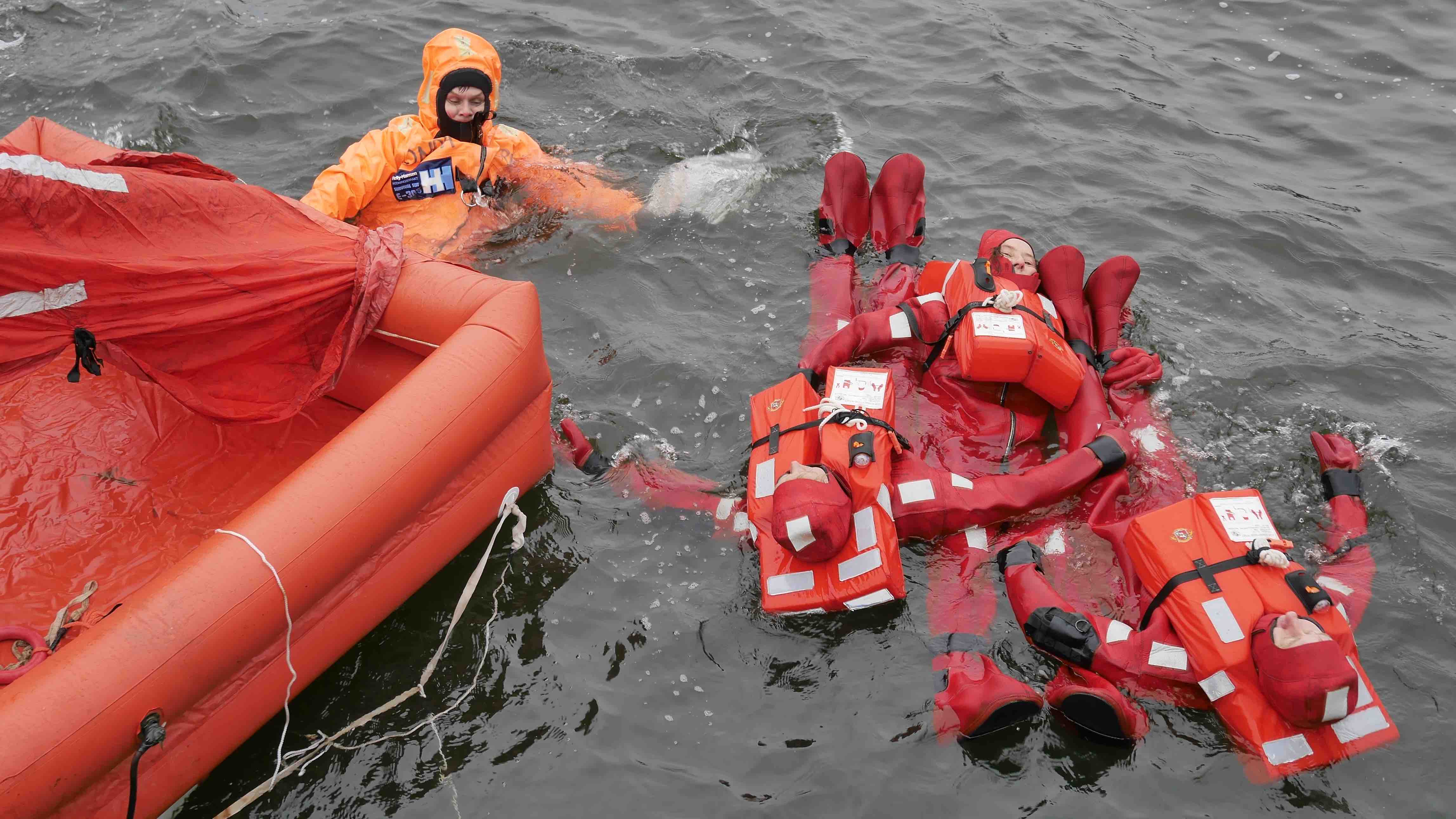Cardiopulmonary test by determining aerobic capacity in ship doctors using exercise-dependent heart rate measurement.
DOI:10.36210/BerMedJ/epub0052022
Abstract
The assessment of cardiorespiratory endurance by determining aerobic capacity has not yet been carried out by ship doctors. Through the investigations, we determined the prediction of aerobic capacity in comparison to maximum oxygen uptake (VO 2 Max) using a submaximal chest step test (CST). The test subjects (n=9) with an average age of 52.9 ± 9.9 years (range 37-66 years) completed the Chester Step Test (CST) in a single test on board a ship. During the submaximal step test, subjects were asked to climb and exit a 30 cm high step in a bulkhead passage at a pace dictated by a standardized rhythm. The initial rhythm was 60 beats per minute and increased by 20 beats per minute every 2 minutes. Subjects continued the test until they reached 80% of their maximum predicted heart rate or received a rating of perceived exertion described as Strenuous, or reached the end of the 10-minute 5-stage test. The heart rate measurements
were determined continuously using a pulse oximeter. Heart rate and perceived effort ratings were recorded after each 2-minute period.
The results show a relationship between VO 2 80 and age (t-test, p<0.001) and between VO 2 max and age (t-test, p<0.05), with the validity of the CST as a predictor of aerobic capacity (VO 2 Max) was confirmed. The Chester step test has been shown to be a valid test for estimating aerobic capacity in this group.

Published
How to Cite
Issue
Section
License
Copyright (c) 2022 Olaf Schedler; Sebastian Wunderlich, Ronny Enk, Eberhard von Rottkay

This work is licensed under a Creative Commons Attribution-NonCommercial-NoDerivatives 4.0 International License.




